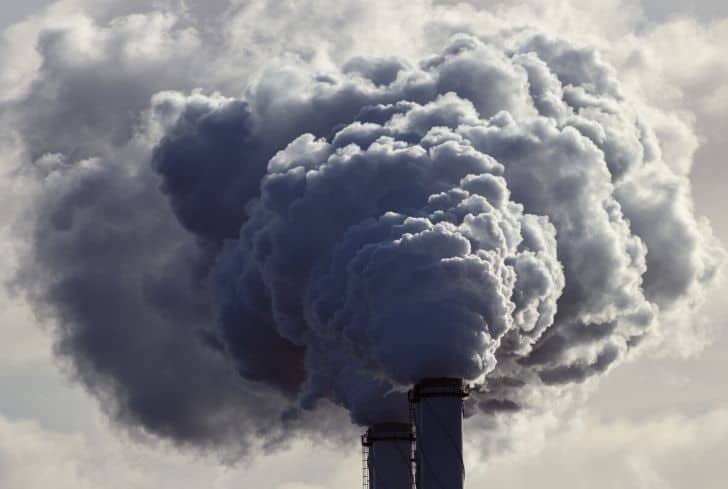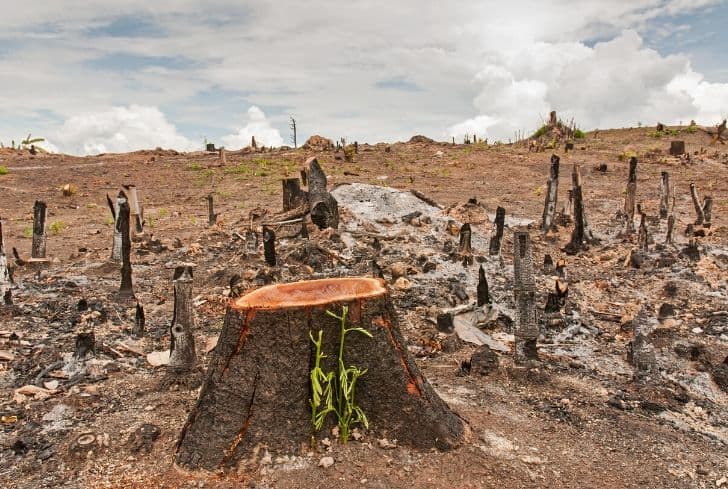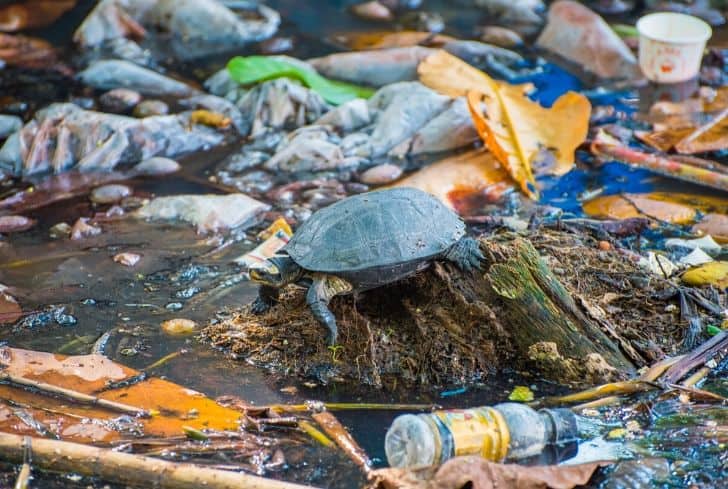Our environment is constantly changing, and we cannot deny that fact. However, as it transforms, so does the need to become increasingly aware of the problems that surround it.
With a massive influx of natural disasters, warming and cooling periods, different weather patterns, and much more, people need to be aware of the environmental problems our planet faces today.
Global warming has become an undisputed fact about our current livelihoods; our planet is warming up, and we are definitely part of the problem.
However, this isn’t the only environmental problem we should be concerned about.
Across the world, people are facing a wealth of new and challenging environmental problems every day. Some are small and only affect a few ecosystems, but others drastically change the landscape of what we already know.
The Earth will not continue to offer its harvest, except with faithful stewardship. We cannot say we love the land and then take steps to destroy it for the sake of future generations.
~ John Paul II
“Environmental issues are defined as problems with the planet’s systems (air, water, soil, etc.) that have developed as a result of human interference or mistreatment of the planet.”
Our planet is poised on the brink of a severe environmental crisis. Current environmental problems make us vulnerable to disasters and tragedies, now and in the future.
We are in a state of planetary emergency, with environmental challenges piling up high around us, unless we address the various issues prudently and seriously.
20 Major Current Environmental Problems
Global environmental problems include the following factors;
1. Pollution
There are 7 key types of pollution – air, water, soil, noise, radioactive, light, and thermal. These are the primary causes that affect our environment; they are interlinked and influence each other. Therefore we need to tackle all of them together.
Pollution of air, water, and soil requires millions of years to recoup. Industry and motor vehicle exhaust are the number one pollutants. Heavy metals, nitrates, and plastic are toxins responsible for pollution.
Oil spills, acid rain, and urban runoff cause water pollution, while air pollution is caused by various gases and toxins released by industries and factories and the combustion of fossil fuels; soil pollution is majorly caused by industrial waste that deprives the soil of essential nutrients.
2. Soil Degradation
Globally, food security depends on the factor of whether or not soils are in good condition to produce crops.
According to UN estimates, about 12 million hectares of farmland yearly get seriously degraded.
Soils get damaged due to reasons such as erosion, overgrazing, overexposure to pollutants, monoculture planting, soil compaction, land-use conversion, and many more.
Nowadays, a wide range of soil conservation and restoration techniques exist, from no-till agriculture to crop rotation to water retention through terrace-building.
3. Global Warming
Climate changes like global warming are the result of human practices like the emission of greenhouse gases.
Global warming leads to rising temperatures of the oceans and the earth’s surface causing natural disasters that include flooding, melting of polar ice caps, rising sea levels, and unnatural precipitation patterns such as flash floods, hurricanes, wildfires, drought, excessive snow, or desertification.
4. Overpopulation
The planet’s population is reaching unsustainable levels as it faces a shortage of resources like water, fuel, and food. Population explosion in less developed and developing countries is straining the already scarce resources.
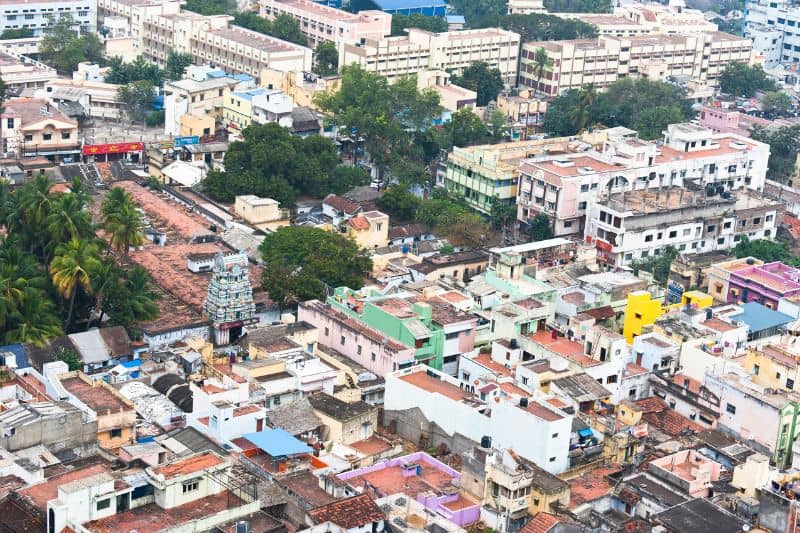
Intensive agriculture practiced to produce food damages the environment through the use of chemical fertilizers, pesticides, and insecticides. Overpopulation is also one of the crucial current environmental problems.
5. Natural Resource Depletion
Another crucial current environmental problem is the depletion of Natural resources. Humans use so many natural resources that they would need almost 1.5 piles of earth to cover all our needs.
This will further increase in the future due to massive industrialization in Asian countries like India and China. Increased use of natural resources leads to several other environmental issues, such as industrialization, population growth, and air pollution.
Natural resource depletion will lead to an energy crisis over time. The chemicals emitted from many natural resources contribute to climate change.
Fossil fuel consumption results in the emission of greenhouse gases, which is primarily responsible for global warming and climate change.
Globally, people are trying to shift to renewable energy sources like solar, wind, biogas, and geothermal energy. The cost of installing the infrastructure and maintaining these sources has plummeted in recent years.
6. Generating Unsustainable Waste
The huge waste production due to our hyperconsumption is a major environmental threat. As per the study, the average person produces 4.3 pounds of waste daily, and the US alone accounts for 220 million tons a year.
This hyperconsumption results in non-biodegradable trash in plastic packaging, toxic e-waste, and harmful chemicals leaching into our waterways.
When this waste ends up in landfills, it generates enormous amounts of methane, which ranks as one of the worst greenhouse gases because of its high potential for global warming. It creates severe explosion hazards.
Since modern technology allows us to access digital environments, many things that you need can be fulfilled in the cloud. Consider your purchases carefully.
7. Waste Disposal
The overconsumption of resources and the creation of plastics create a global waste disposal crisis. Developed and less developed countries are notorious for producing excessive waste or garbage and dumping their waste in the oceans.
Nuclear waste disposal has tremendous health hazards associated with it. Plastic, fast food packaging, and cheap electronic wastes threaten the well-being of humans. Waste disposal is, therefore, one of the urgent current environmental problems.
8. Deforestation
Our forests are natural sinks of carbon dioxide, produce fresh oxygen, and help regulate temperature and rainfall. At present, forests cover 30% of the land, but every year tree cover is lost, amounting to the country of Panama due to the growing population demand for more food, shelter, and cloth. Deforestation means clearing green cover and ensuring land is available for residential, industrial, or commercial purposes.
9. Polar Ice Caps
The issue of the melting of polar ice caps is a contentious one. Although NASA studies have shown that the amount of ice in Antarctica is increasing, this is only one-third of what is being lost in the Arctic.
There is enough evidence that shows sea levels are rising, and the melting of Arctic ice caps is a major contributor. Over time, the melting of polar ice caps could lead to extensive flooding, contamination of drinking water, and major changes in ecosystems.
10. Loss of Biodiversity
Human activity leads to the extinction of species and habitats and biodiversity loss. Ecosystems, which took so many years to perfect, are in danger when any species’ population is decimated.
The balance of natural processes like pollination and human activities is crucial to the survival of the ecosystem. Another example is the destruction of coral reefs in various oceans, supporting rich marine life.
11. Climate Change
Climate change is another environmental problem that has surfaced in the last few decades. It occurs due to the rise in global warming due to increased atmospheric temperature by burning fossil fuels and the release of harmful gases by industries.
Climate change has various harmful effects, but not limited to the melting of polar ice, change in seasons, occurrence of new diseases, frequent occurrence of floods, and change in overall weather scenario.
12. Ocean Acidification
It is a direct impact of excessive production of CO2. Humans produce 25% of total atmospheric CO2. The ocean acidity has increased over the last 250 years, but by 2100, it may shoot up by 150%. The main impact is on shellfish and plankton in the same way as human osteoporosis.
13. The Nitrogen Cycle
We often ignore the effects of the use of nitrogen by humans. Nitrogen is a crucial component of all life. Problems occur when the nitrogen cycle is not balanced.
A process through which it is converted or ‘fixed’ to a more usable form is called fixation. The fixation happens biologically and through lightning or can be done Industrially. People have learned to convert nitrogen gas to ammonia (NH3-) and nitrogen-rich fertilizers to supplement the amount of nitrogen fixed naturally.
It is estimated that agriculture may be responsible for about 50% of the nitrogen fixation on earth through the cultivation of nitrogen-fixing crops and the production of human-made fertilizers. When used more than plant demand, nitrogen can leach from soils into waterways and contribute to eutrophication.
Excess nitrogen levels in water can hamper marine ecosystems by overstimulating plant and algae growth. This blocks the light from getting into deeper waters, thus damaging the rest of the marine population.
The problem can also occur during nitrification and denitrification. Nitrous oxide (N2O) can be formed when the chemical process is incomplete. N2O is a potent greenhouse gas contributing to global warming.
14. Ozone Layer Depletion
The ozone layer is an invisible layer of protection around the planet that protects us from the sun’s harmful rays.
The depletion of the crucial Ozone layer of the atmosphere is attributed to pollution caused by Chlorine and Bromide found in Chloro-fluoro carbons (CFCs). Once these toxic gases reach the upper atmosphere, they create a hole in the ozone layer, the biggest of which is above the Antarctic.
CFCs are banned in many industries and consumer products. The ozone layer is valuable because it prevents harmful UV radiation from reaching the Earth. This is one of the most important current environmental problems.
15. Acid Rain
Acid rain occurs due to the presence of certain pollutants in the atmosphere. Acid rain can be caused due to combustion of fossil fuels or erupting volcanoes, or rotting vegetation which releases sulfur dioxide and nitrogen oxide into the atmosphere.
Acid rain is a known environmental problem that can seriously affect human health, wildlife, and aquatic species.
16. Water Pollution
Clean drinking water is becoming a rare commodity and an economic and political issue as the human population fights for this resource.
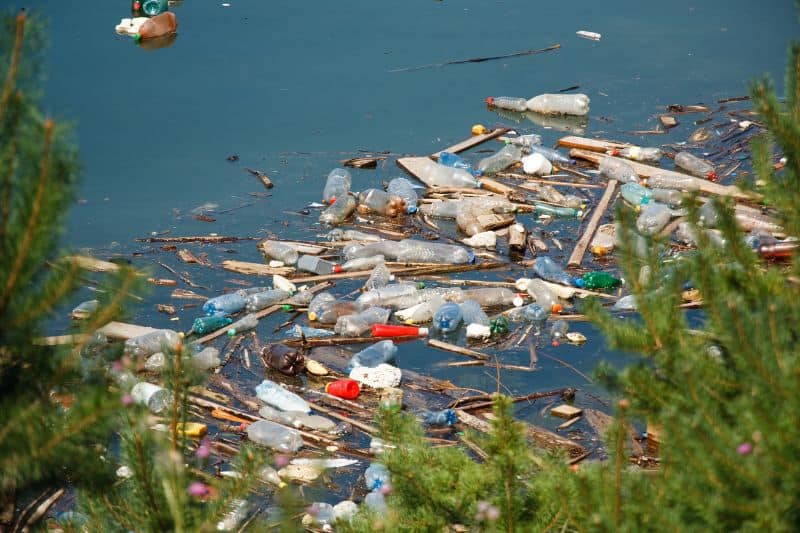
One of the options suggested is using the process of desalinization. Industrial development is filling our rivers, seas, and oceans with toxic pollutants, which are a major threat to human health.
17. Overfishing
Overfishing affects natural ecosystems severely and leads to an imbalance of ocean life. Around 64% of global fish stocks are estimated to be overfished. Overfishing causes fishing fleets to migrate to new waters that would further deplete the fish stocks.
Moreover, it negatively affects coastal communities that rely on fishing to support their living.
18. Urban Sprawl
Urban sprawl refers to the migration of the population from high-density urban areas to low-density rural areas, which results in the spreading of the city over more and more rural land.
Urban sprawl results in land degradation, increased traffic, environmental issues and health issues. The ever-growing demand for land displaces the natural environment consisting of flora and fauna, instead of them being replaced.
19. Public Health Issues
The current environmental problems pose many risks to the health of humans and animals. Dirty water is the world’s biggest health risk and threatens the quality of life and public health.

Runoff to rivers carries with it toxins, chemicals and disease-carrying organisms. Pollutants cause respiratory diseases like Asthma and cardiac-vascular problems. High temperatures encourage the spread of infectious diseases like Dengue.
20. Genetic Engineering
Genetic modification of food using biotechnology is called genetic engineering. It results in increased toxins and diseases as genes from an allergic plant can transfer to the target plant. Genetically modified crops can cause serious environmental problems as an engineered gene may prove toxic to wildlife.
Another drawback is that increased use of toxins to make insect-resistant plants can cause resultant organisms to become antibiotic-resistant.
The need for change in our daily lives and the movements of our government is growing. So many factors come into play, such as voting, governmental issues, and the desire to stick to a routine, and as a result, many people don’t consider that what they do will affect future generations.
If humans continue moving forward in such a harmful way towards the future, then there will be no future to consider. Although it’s a fact that we cannot physically stop our ozone layer from thinning (and scientists are still having trouble figuring out what is causing it exactly), there are still so many things we can do to try and put a dent in what we already know.
Raising awareness in your local community and within your families about these issues can help contribute to a more environmentally conscious and friendly place for you and your future generations to live.
